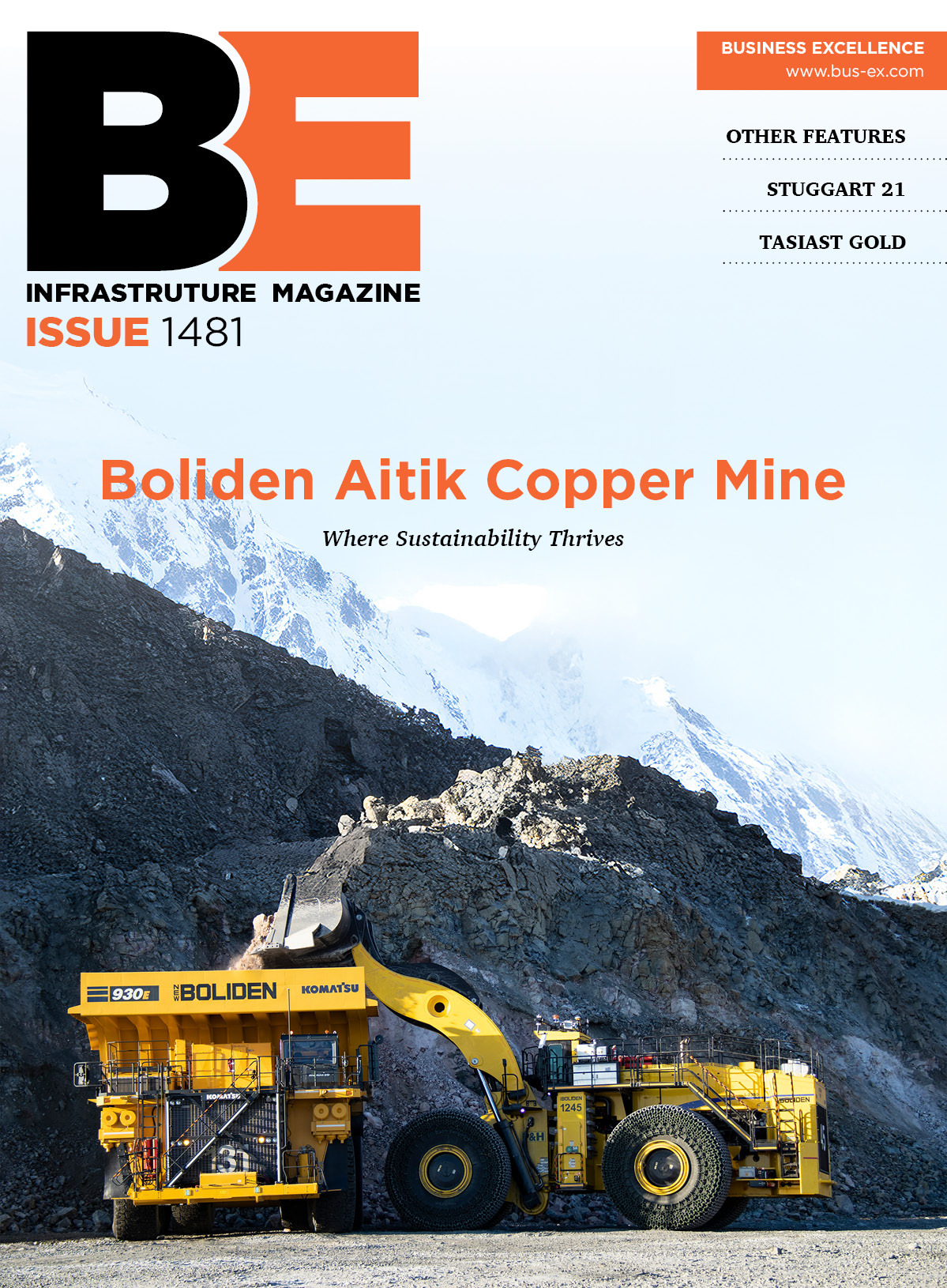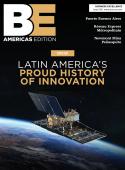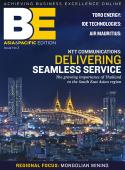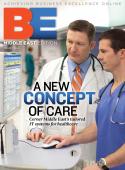All aboardThanks to rocketing fuel prices, public transportation is having a glory moment, but in Pittsburgh theyÔÇÖre hoping to change a short-term crisis into a long-term way of life, Alan T. Swaby discovers. The Port Authority of Allegheny County in Pittsburgh, in its capacity as provider of public transportation services, has gone a long way down the track of integration but has yet to add roller coasters to its list of transport options. This is something of a pity considering the ups and downs it has faced in its 45-year history. At the moment, the never-ending climb in fuel costs is providing yet another twist to the story. At the time of writing, pump prices in Pittsburgh had just crept over the $4 a gallon barrier. Heaven knows what they will be at the time of reading. But unlike airlines, which have the capacity to add fuel surcharges to offset increases, no such option exists for public transportation operators.Add a penny to a gallon of fuel and over the course of a year you add around $80,000 to the Port AuthorityÔÇÖs operating costs. Some of that pain is being cushioned by some shrewd forward fuel purchasing, which means that the Authority is currently paying $2.27 a gallon. But the reprieve is limited, and by the end of August the cost will be $4.15 for a gallon of diesel.Faced with such huge hikes in costs, the normal procedure is to raise selling prices. But when youÔÇÖre dealing with a public service, itÔÇÖs not so easy. ÔÇ£Fares went up last year, and our fares are now among the highest in the nation,ÔÇØ explains assistant general manager of service planning and development Pete Behrman. ÔÇ£We have neither plans nor the desire to further increase fares. Instead, weÔÇÖre focusing on greater efficiency and productivity.ÔÇØOf course, to offset increased costs, rising fuel prices are putting more passengers onto public transport and thereby increasing revenues. But the trick is to hold onto these extra passengers when the pain of high pump prices diminishes in the driverÔÇÖs mind. In 1980, thanks to a similar fuel crisis, Port Authority ridership hit an all-time high of 112 million, but as the situation eased off and motorists became accustomed to paying more for gas, the numbers slid back to previous levels.Public transportation, the world over, is a subsidized service. The difficulty in the past for the Port AuthorityÔÇöand for other American transport providersÔÇöis a lack of certainty as to what the subsidy level would be from year to year. Despite the obvious attractions and benefits of getting motorists off the road and into buses and trains, state and federal governments have never found it easy to provide the stability in funding that such operations need. At least now, Port Authority has some certainty knowing that each year its funding from the state government will rise by one percent. ÔÇ£While the predictability is great, the growth rate is below inflation,ÔÇØ says Behrman, ÔÇ£but at least it gives us a figure to work with and around which we can develop our plans.ÔÇØEssentially, the product that the Port Authority is offering hasnÔÇÖt changed much in 40 years. Certainly the buses are much better and more comfortable and some of the routes have changed to reflect changes in living patterns, but the service is more or less what you would have found after the Second World War, when public transit ridership hit a peak of 280 million a year. In those days, 70 percent of Allegheny County lived in the inner 19 of the countyÔÇÖs 129 municipalities. Since then, the population has dispersed, car ownership has skyrocketed and ridership has dwindled to a quarter of what it was.┬á However, armed at last with some degree of stability in funding, the management team at Port Authority has set about developing plans for how best to use that money in wringing the last drop of productivity out of the system. In November last year, the Authority launched Connect ÔÇÖ09, an ambitious 18-month project to better coordinate routes and services throughout and beyond the AuthorityÔÇÖs area of operation.The first stage, which is now complete, was to collect the raw data on usage patterns and performance benchmarks. As part of this process, Port Authority compared itself to other transport providers around the country. As can be expected, in some areas Pittsburgh did better and in other areas worse. But one thing that stood out clearly is that on an adjusted-for-cost-of-living basis, PittsburghÔÇÖs transport drivers are the highest paid in the country. ÔÇ£If we are to increase productivity,ÔÇØ says Behrman, ÔÇ£itÔÇÖs clear that renegotiating some of the benefits our union workers receive has to be part of the equation.ÔÇØPassenger expectations will also need to be revised. Currently, most journeys are completed without the passenger having to transfer from one bus to another. These ÔÇ£tillerÔÇØ style routes are attractive and convenient to users but expensive and inefficient to provide. Most modern public transport systems are based around a trunk-and-feeder network. In other words, high-capacity trunk lines running from center to center are fed by smaller buses picking up passengers from where they live.ÔÇ£As part of the public consultations phase,ÔÇØ says public relations specialist Dave Whipkey, ÔÇ£weÔÇÖve asked passengers to choose from a list of eight options or trade-offs. For example, would they prefer to use a no-transfer route with low frequency or more frequent service that involves a transfer? ItÔÇÖs gratifying that respondents are recognizing the benefits a more coordinated service would give them.ÔÇØIn fact, Port Authority is hoping to extend improved coordination on a much wider scale, encompassing the eight surrounding counties that are served by other transport authorities. At present, itÔÇÖs fair to say that coordination is nonexistent, but having a satellite bus service drop passengers at a Port Authority stop is obviously more efficient in terms of manpower and fuel use than running two parallel services. Smart cards that could provide ticketless and cashless journeys from authority to authority are also on the agenda.In Europe, public transportation is a way of life and carries none of the stigma often attached in the US. If the initiative Behrman and his colleagues are investigating works out as planned, the wild fluctuations in ridership brought about by economic crises could resolve themselves into a new way of life for middle-class commuters who become freed from their dependence on the automobile.┬á









